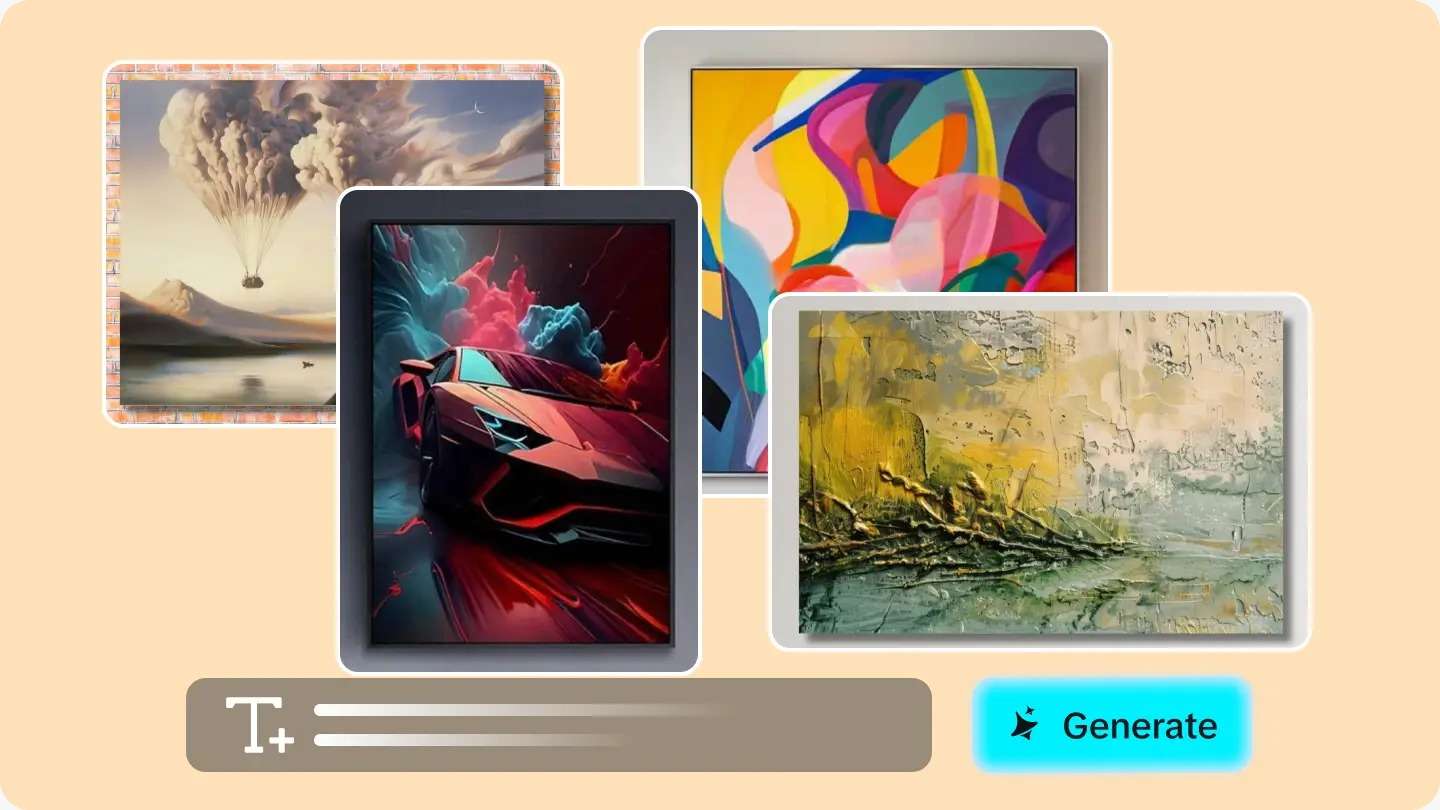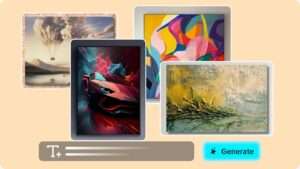The Cinematic Shelfie: Designing Packaging that Wants to be Filmed

Some things no longer just collect dust on the shelf — they do something. Browse any hip aisle or scroll through your For You Page, and you’ll notice it: bottles that shine like lens flares, boxes that open in flawless slow motion, textures glinting like miniature movie sets. Packaging has gone cinematic, and it’s not afraid to hog the limelight.
Welcome to the realm of cinematic shelfies, where choreography and design collide. Every crease, ripple, and fold is meticulously designed to appear amazing on a phone camera. Brands aren’t simply creating to buy anymore — they’re creating to unveil. And with Dreamina’s AI photo generator, creative teams can pre-visualize light, reflection, and movement as it will appear through the lens prior to anything reaching production.
This isn’t packaging. It’s a microfilm, starring your product — with an audience that scrolls, likes, and shares.

The new role of packaging: performer, storyteller, influencer
Packaging used to be about protection and identification. Now it’s about narrative and engagement. Brands are wondering: what if the box itself could be part of the story — not just packaging, but a character?
Contemporary consumers adore the theatrics of unboxing. The unfolding of a seal. The glint of foil in daylight. The neat “click” of a magnetic top. It’s sensory drama optimized for social media — quick, flash, and continuously replayable.
Most packaging designers nowadays design with motion in mind. Surfaces bend to capture ring lights. Patterns glow when spun around. Materials shift color under motion, so each video looks energetic and vibrant.
Packaging no longer just hangs in a photo — it moves for video.
Visual choreography: how motion became the new luxury
This new design ethos emphasizes motion over logos. The tactile is becoming theatrical. And cinematic packaging employs visual rhythm to create an emotional response — a gentle glide, a mirrored flash, a reveal that’s precisely timed like a director’s cut.
Designers are trying out:
- Reflected gradients that change as the camera sweeps.
- Micro-textures that produce effective sound or light response.
- Kinetic layers — imagine holographic foils or ripple effects that react to motion.
- Dynamic symmetry, so that each turn of a product is like a flawless shot.
Every component is designed to delight in filming, not merely viewing. The more you rotate it, the more it discovers — as if the brand desires to be spotted while moving.
Unboxing as a short film
Unboxing is now like cinema — it has anticipation, framing, and reward. When a creator records a product, they are really directing a small trailer for it.
Each component of the packaging serves in this microdrama:
- The outside wrap is the opening scene — clean, enigmatic.
- The moment of revelation is the climax — gradual pull, intense lighting, mounting excitement.
- The last hold shot is the emotional conclusion — a clean product glinting under the light.
That’s why companies today employ motion experts and visual directors to work on packaging staff. They’re not created to be still shown but to be moved — how the packaging looks on film.
Creating film-friendly packaging concepts with Dreamina
Film-friendly packaging design requires imagination — and Dreamina makes it tangible. Using its imaginative generation features, designers can test out textures, lighting response, and motion-inspired graphics prior to creating a single prototype.
Step 1: Write a text description
Go on over to Dreamina and start your creative test by writing a detailed prompt that sets your cinematic packaging concept in motion.
For example: A glowing reflective perfume box under soft pink illumination, metallic lines embossed and rippling upon turning, and crafted for slow-motion unboxing.
The more detailed and vivid your text, the richer and more realistic the generated outcome will be. Dreamina takes material response, light, and camera mood into account to aid in pre-visualizing your “shelf moment.”
Step 2: Refine parameters and render
When your concept is set, refine the parameters. Choose your preferred model, specify an aspect ratio (square for shelf shots or vertical to view your mockups like TikTok), and choose the size you want. A little touch-up on the resolution since it is either 1K or 2K, so you see cinematic clarity on the screen. When ready, simply click on Dreamina’s icon to generate — and see your packaging come to life in a visual language suited for motion.
Step 3: Edit and save
Refine your result and customize it in ways only Dreamina can provide. Add real depth with inpaint, extend the frame to experiment with new backgrounds using expand, or retouch the reflective highlights so you can make it look like it is being lit from above in a studio. When your packaging is cinematic and screen-ready, click the Download icon to save your idea. In seconds, you’ve taken an idea and, with these three steps, turned that idea into action and spectacle.
Where brand meets camera
Cinema packaging shifts the way we approach branding. Rather than depending on loud graphics or gigantic logos, it speaks on a level of delicate light play and rhythm. It’s about the appearance of the product in movement, not stagnant stillness.
This is where tools such as Dreamina’s AI logo generator come into play perfectly — assisting brands in creating marks that respond to motion and light, keeping them legible even when they are reflected or animated. A glowing, bending, or mirroring logo naturally becomes part of the cinemagraphic choreography, rather than as a fixed stamp.
In this universe, the logo isn’t the destination — it’s the visual breadcrumb that prepares you for the next shot.
The tactile turns theatrical
Each great film package has one fundamental attribute — it beckons touch, turning, and movement. You can’t simply look at it. You crave engagement.
What today’s packaging designers are experimenting with:
- Radiant papers and foils that catch ambient lighting on set.
- Soft gradients that look like camera bokeh or lens flares.
- Embossed icons that jump out visually as fingers trace over them.
- Transparent layers that hint at imagery hidden beneath.
It’s not extravagance — it’s texture that converts through the screen. The aim is emotional connection: when a customer watches someone open it, they feel the quality, the sheen, the narrative.
And that’s where Dreamina’s AI poster generator comes in to assist designers in testing narrative visuals — trying out cinematic lighting, focus blur, and motion lines to mimic how the packaging looks on camera.
Packaging as spectacle, not storage
The movie shelfie has made the aisle a catwalk. Each box, each bottle, vies not only for your notice, but for visual virality. Packaging is no longer the “afterthought” in this world — it’s the initial frame of a narrative.
What used to remain mute at the back of shop windows now exists online in motion. Every unboxing, every camera angle, every sparkle — becomes part of an ongoing performance by a brand.
Conclusion: the shelf is in the spotlight
As the design transforms, the shelf is no longer a sell point — it is a stage of narration. Products are increasingly designed for the camera and packaging as a performance.
With Dreamina, marketers and designers can envision performance before it happens — prototyping reflections, motion, and cinematic nuance with AI-driven creativity. It’s where static images and moving narratives meet, where packaging is its own hero.
For in the era of the cinematic shelfie, every brand is entitled to its close-up — and every box, bottle, and bag awaits its time in the limelight.





